Dow Theory for the 21st Century: Technical Indicators for Improving Your Investment Results
$20.64
| Author(s) | |
|---|---|
| Format |
|
| Pages |
242 |
| Publication Year |
2008 |
Dow Theory for the 21st Century includes everything that the serious investor needs to know about the stock market and how to become financially successful. Expanding upon Charles Dow’s 20th century stock market theory, author Jack Schannep provides readers with a better understanding of the ingredients that make up the world of finance, specifically the American stock market, in order to help them achieve investment success.
Author’s Introduction:
Charles H. Dow wrote those words over 100 years ago on January 31, 1901, and they are as true for the twenty – first century as they proved to be for the twentieth century. No book on the Dow Theory should start or finish without his classic quotation, as it is the very essence of the theory . For the record, the rest of the quote that appeared in the Wall Street Journal that day continued: “ The average of twenty stocks is the peg which marks the height of the waves. The price – waves, like those of the sea, do not recede at once from the top. The force which moves them checks the inflow gradually and time elapses before it can be told with certainty whether high tide has been seen or not. ”
I wrote this book so that a serious investor will be able to find almost all he or she needs to know about the stock market and how to become financially successful in one place. I don’t pretend to know all there is to know about either subject, but I have been an avid market student and successful personal investor all my professional life. If you have aspirations to know the important things about the stock market and are not interested in the fluff, then this book is for you.
You will soon recognize that most of this book is not sexy or even exciting, and some of it may not even be interesting to you, but it contains a wealth of valuable insights, historical precedence, and useful and usable information. I am not a writer by trade, so I apologize up front for any shortcomings in that department. I have spent a lifetime with the stock market, starting in college and extending through a short military career, a full financial business career, and even longer “ working ” retirement. I started writing a market timing letter to colleagues in the stockbrokerage business in 1977 at the behest of senior officers in my firm, a letter that I continued after I retired. Out of that grew an Internet subscription letter that has attracted subscribers from most of our United States and numerous foreign countries.
The purpose of my market letter and of this book is not to make money personally — the Web site www.TheDowTheory.com is owned by other members of my family who are occasionally surprised by a dividend. My wife and I have been fortunate to have been financially secure for many years, and now it is time to share the “ family secrets ” with the rest of you.
Do not be afraid to skip over segments of the book (such as the background of Charles Dow or William Peter Hamilton’s Editorial, or my own, and other perhaps tedious subjects); you can always come back to them. Concentrate on the big picture and review those areas that don’t at first sink in. In the end, I think you will feel much bet-ter prepared to face the stock market than ever before. I sincerely hope this book will show you the way to a better understanding of the ingredients that make up the world of finance, specifically the American stock market, and that understanding will lead you further to great investment success.
Contents:
- By Way of Background
- Signals Described
- A Look at the Record
- Give-and-Take about the Theory
- Bull Markets
- Bear Markets
- Bull and Bear Markets of the Twentieth and Twenty-First Centuries
- Capitulation: The Selling Climax
- The Heart of the Theory
- Schannep Timing Indicator: The Other Major-Trend Indicator
- “Three Tops and a Tumble”: Leading Topping Indicators
- Bonus Indicators
- The All-Inclusive Composite Indicator
- Practical Uses: Putting It All Together
Dow Theory for the 21st Century: Technical Indicators for Improving Your Investment Results By Jack Schannep pdf
16 reviews for Dow Theory for the 21st Century: Technical Indicators for Improving Your Investment Results
Clear filtersOnly logged in customers who have purchased this product may leave a review.

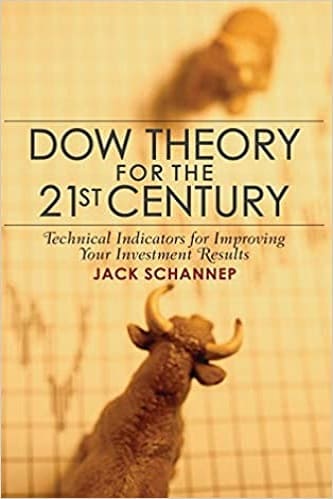

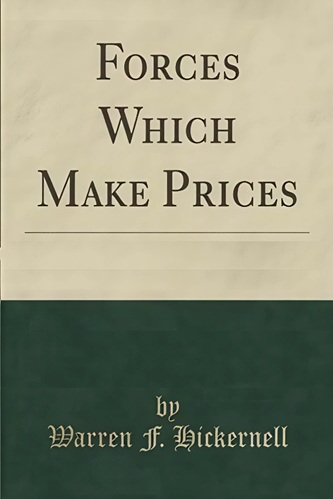
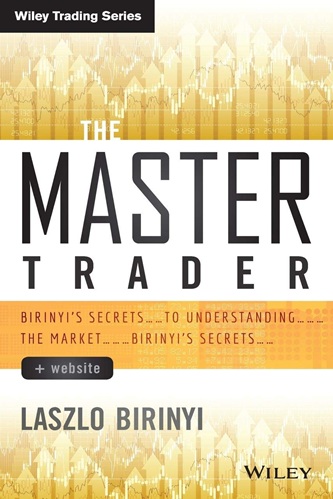
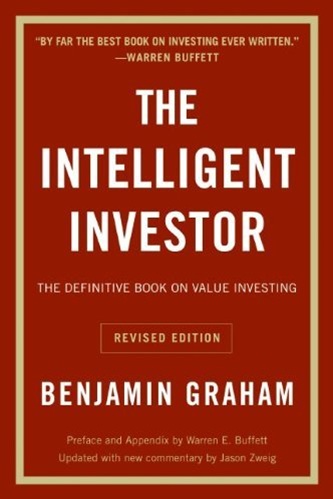
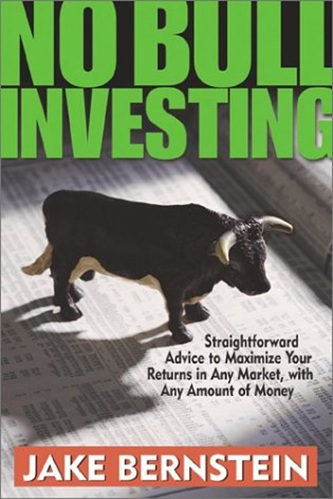
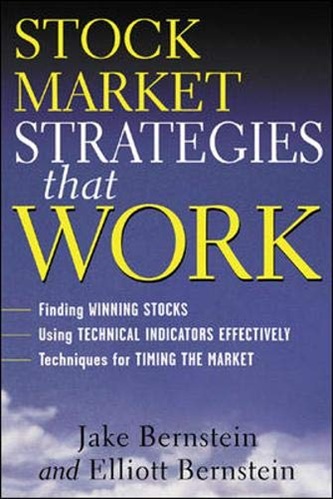
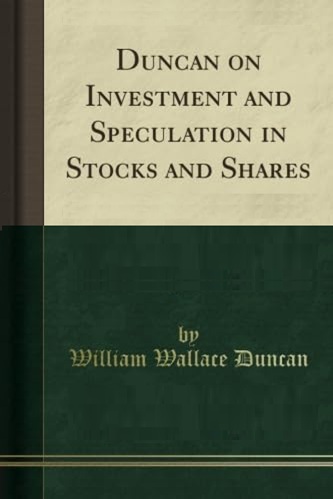
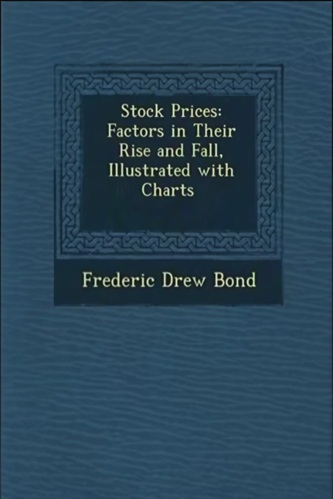
Gabriel Atkinson (verified owner) –
Topics in this book are fine but I have found the book a little bit expensive compare with you can find on the market.
Khari Rojas (verified owner) –
Part one: a useful exposition of Dow Theory with years’ worth of data in tables and appendices to back it up. The book also explains why Dow Theory is open to interpretation and not cut and dried, which leads to disagreement among its proponents. Schannep allegedly called major market moves to the day in notes to subscribers to his newsletter, so he has to be one of the foremost authorities of recent years. Although he claims to cover “capitulation”–the final stage of a market meltdown before a bounce–I found that this part was somewhat skimmed over and not particularly well defined.
Part two: a shameless self-promotion by the auther for his work while he was at Dean Witter, and a sales pitch for his proprietary market timing indicator–which is only available on subscription. To be fair, Schannep himself probably wouldn’t give a damn. This is par for the course for self-made Americans, so I shouldn’t have been surprised, but it still grates (even though I lived over there for three years).
On balance a book worthy of inclusion in the library of any self-respecting technical analyst.
Orlando Baldwin (verified owner) –
Well written, easy to follow, and, more important, easy to memorize and apply all the concepts presented.
Isaiah Miles (verified owner) –
While reading this book I felt like going through a research paper. It has overwhelming of data hard to decipher. If you want to buy a book on Dow Theory I would recommend the one written by Richard Russell.
Alessandra Acevedo (verified owner) –
The most interesting part I found in this book is its statistics about the range vs. duration of bull and bear markets. Secondly, the “efficiency” of the Dow Theory could be improved by using some other index sounds another great discovery to me.
However, portion of content about the original Dow Thoory is rather small. And I am not convinced about the modern part Dow Theory or I should call the Schannep’s Thoery.
Adaline Gomez (verified owner) –
I have been a fan of Mr. Schannep’s newsletter for a few years now, and his writings reflect a deep thinker with a lot of experience. I appreciate having an entire book dedicated to the application of a well-established theory to what is going on in the markets today. I need this book NOW more than ever.
Maia Francis (verified owner) –
Jack Schannep has nailed it! He has wisely used his many years of experience to educate investors on market principles so that we don’t have to watch TV every day or listen to the radio on the weekend for the latest and hottest. This is truly a gem that every investor should have in their office library!
Rayden Roman (verified owner) –
Most technical analytical methods come and go, while Dow Theory still can’t be neglected. The author has augmented Dow Theory by adding new era indicators that Charles Dow would like to use if they were available. The meticulous study in the book is valuable for those serious investors that want to master market timing.
Carter Choi (verified owner) –
Jack Schannep’s Dow Theory for the 21st Century was recommended to me by a seasoned, serious investor who has for a long time followed the research and advice of the author. My initial reluctance to purchase the book was based on the fact I am not a seasoned investor and assumed I would not be able to fully grasp the information. Schannep has produced a book for serious, long term investing that is surprisingly accessible even to those fairly new to investing, and perhaps unfamiliar with Dow Theory. The research is extensive, to the point and backed up with documentation and history. This is not a book for those wishing to day trade their way to wealth overnight; it is however a valuable resource for those looking to maximize long term returns.
Eva Dunn (verified owner) –
Jack Schannep has distilled years of experience and a balanced perspective in this necessary update of the Dow Theory. I really appreciate his historical perspective. He certainly shows that the Dow Theory has relevance for today’s investor. After all, the two major indexes for that theory, the Dow Jones Industrials and the Transportation Index really reflect what’s going on in our economy.
I’ve been a devoted reader of his newsletter for about 5 years. Probably the most useful understanding he brings to the table is a seriously accurate understanding of capitulation. He explains it well in the book. It’s the moment when everyone throws in the towel and the bottom is reached. He nails that date 5 out of 6 times that it happens. And the careful reader of both this book and his newsletter is benefitted if he acts immediately.
This is an enjoyable read if you are interested in understanding technical market analysis. If not, it can be a bit more than you need to know. Fortunately, he’s organized the book so that you can really use it as a guide. I advise the reader to get to know the first two chapters and then use the rest as needed.
As a historian I especially appreciate Jack’s long term perspective. It’s so easy to get caught up in the moment in the market that it’s wonderful to get a balanced and solid long term view.
I recommend this book as part of your arsenal of investing. It’s best in providing a balanced perspective within which you can deal with individual stocks and indexes.
Vivian Mosley (verified owner) –
disappointed
Harvey Lamb (verified owner) –
Great!
Dakari Powell (verified owner) –
For most of us investing in the stock market triggers emotions that often feel like facts, especially at 2:00 AM. Schannep has refined the old Dow Theory so that any investor can use his buy and sell triggers to separate emotional and sound investment decisions. On a day like today with the DOW falling over 600 points I dove into a review of this book to steady my nerves. It is nice to have this structure for my investing. Buy it, read it, and re-read it; you’ll be richer for the effort.
Astrid Conway (verified owner) –
When I purchased this book based on the name and the synopsis I thought it would be an updated explanation of the legendary Dow Theory compiled over a hundred years ago. Instead there is very brief reference to dow theory. Actually the whole reference is around author’s disagreement with other Dow Theorists during the 98-99 bear bull market. Also the author goes into timing indicators named after himself which in reality bunch existing and commonly indicators stacked up together. Any speculator somewhat serious about the business of investing will find absolutely nothing new and enlightning in Schannep’s work. The book also contains loads of data with respect to proving author’s point in numerous approaches to stacking up multiple indicators and back-testing them over 50-60 years. Obviously there is no doubt Schannep is a knowledgeable professional with very good database and years of experience and research but for a trader looking for an edge in using the Dow Theory, do not waste your time. Go straight to the works of Robert Rhea and William Peter Hamilton’s works if you want to learn the Dow Theory. And if you want to expand on this proven barometer just add to the mix of Dow industrials and transports an other index such as S&P and it will do. Remember Dow theory is just one of many timing indicators out there. Also recommended for beginner traders the works of Victor Sperndeo, Justin Mamis, Technical Analysis of Stock Markets by Edwards and Magee, dr. Alexander Elder and Peter Lynch’s works.
Amaia Nguyen (verified owner) –
This book is written by an old broker who saw the cycles that elapsed during his many years of practice – only he early on recorded the parameters significant to the ebb and flow of these cycles. The author’s years of experience are evident. In his lifetime alone, many cycles have occurred. He opens up our eyes to the fact that the market can be timed using various parameters.
He explains how the market cycles are as natural as the tide and how there is no need to sit in stocks during low tide. In so doing the book lays the foundation for the timing so critical for trend following. The period of these waves and thus the trading frequency correspond to the bull and bear market cycles. So trading, therefore, is not like following daily or weekly chart cycles with the chance of being whipsawed to the wrong side of it.
Though he talks about being in cash during the down cycle, it would be profitable to short the cycle using ETF’s like SDS, DXD, and QID. Good riddance to staying in it for the long term, and especially for many of us with no long-term future this approach makes more sense.
Though individuals may have access to the latest value of some of these timing parameters he points out and Googling them could help fill in their value, it may be easier to subscribe to a timing Indicator newsletter like Jack Schannep’s to eliminate such work. With the analytical skills evident in the presentation, I can see why his newsletter always ranks in the top 5. Any broker applying this theory would serve their client well
Some sentences in the book are long but they all make sense and a flow, set by the fast-reading pace, develops by Chapter 2. I have read over 50 investment books and this one goes on the top shelf along with Sam Weinstein’s and Trending Following. Dow Theory for the 21st Century will be an `instant classic’. You will want to keep it, if only to mark the time at which your investment strategy improved 100%. As Gabriel Wilson said July 23, 2008 on the Business Talk Radio Network Jack’s book is a terrific contribution to the body of knowledge.
Heaven Dudley (verified owner) –
Hi guys.
I highly recommend this book. I love it, love it, love it, love it. I discovered them on a CNBC article. They really know how to figure out where the bottom is. The top is a little trickier, but within 10% of the bottom, within 10% of the top, which is a lot of wiggle room, especially I was into all sorts of stocks that I really needed to get out of that were growth stocks and they could help them save me a bunch of money. So I bought the book. Love the book. I subscribed to their newsletter, Jack and Emmanuel’s newsletter, ThedowTheory.com, and they go through and they really explain it. I originally got this book first, which was written in 1932, and it’s fantastic as well. But exactly when to apply it is what Jack describes is a bit rigid. So the Dow theory and then the new Dow theory. Spoiler alert, he includes SMP 500, which is brilliant because the SMP 500 didn’t exist back then.And this is just dated, this is 1932, whereas this is 2008. But their newsletter is up to date to the last minute, and it’s affordable at $20. It’s great value at $20. And they just again, they give you updates throughout the month, and I really like that. But about this book. You’ll see, I mean I don’t know how many earmarks here, I don’t know, 50 earmarks and hundreds of notes in it. And I’ll go through just briefly what I really liked about it. I went through every piece. I went through the background. I started at the end like I started in the middle. What are bull markets, bear markets in there? That’s where I started. This is first time I’ve ever understood what Capitulation meant. And also, Jack has an Oscillator through thedowtheory.com that will tell you exactly when Capitulation happens. And I think he proves it here, at least until 2008, how deadly accurate it is, which is fantastic as an investor and a new investor. Then he goes over his timing indicator, then some other indicators, bonus indicator. But if you start at the heart of the theory, you’ll get it, but you kind of have to go to the signals described in two. So if you went to the signals described to the heart of the Theory, I don’t know, the truth is you kind of have to read it all. But again, I made tons and tons of notes. It’s very well written, very well explained, because it’s a dense topic for me as a new investor, as technical investing. And he just gives a lot of proof and as someone that’s fun, like I’m fun, but I also very detailed and I have a background in marketing. At school, I just took notes after note after note and I still have to read a bit of the end of it.
So highly, highly recommend. Even though it’s a 2008 book, it will catch you up on the Dow Theory, the only book I know, and I subscribe to Seeking Alpha. A couple of other pieces, modern ones I monitor on a CNBC subscription as well. And these guys give the goods. Also, I’ve got a hedge eye again, so I spend hundreds of dollars a month on subscriptions. But honestly, so far as a new investor, I’ve only been investing for a year and a half. By far the best explanation of the Dow and the reason why it’s important the Dow is because it’s like, am I going to invest the time and money to go see a movie without looking at reviews? No. I want to look at IMDb and see what they say, because that’s going to increase the chances of me going to see a good movie. Similarly, the Dow, based on its history, will show you where the markets are going. It’s got market intelligence by the group sort of crowdsourcing. Then they bring in the SMP500, which is even brilliant. It represents more of the market. And it is the market. The SMP 500 is the market. If you want to beat the market, it’s the SNP 500.That’s the standard. And these guys do an amazing job of will help me beat the market, which is the buy and hold strategy, which is about 10%. And they come in at about 14%. And I would love 14% return on an annual basis. I mean, who wouldn’t? So I’m going to follow this as a student. I’m going to get to learn this backwards and forward and get in my bones.I’m studying their newsletters and everything put out. Because when the Dow moves, the Dow30, the Dow Industrial Averages, when that moves, that’s the institutional money. That’s the big money, and that moves markets. And so when they take their money in and out and I want to know when they’re doing that because that’s a sign for me to move out. If I can get it out, when they get it out, I’m going to save a ton of money and make a ton of money. So I hope you enjoyed my review here. I hope it’s helpful for you. Yeah. Good luck. Thank you.